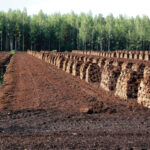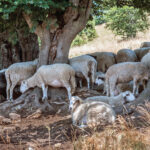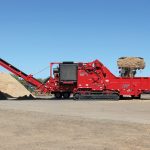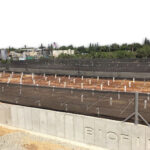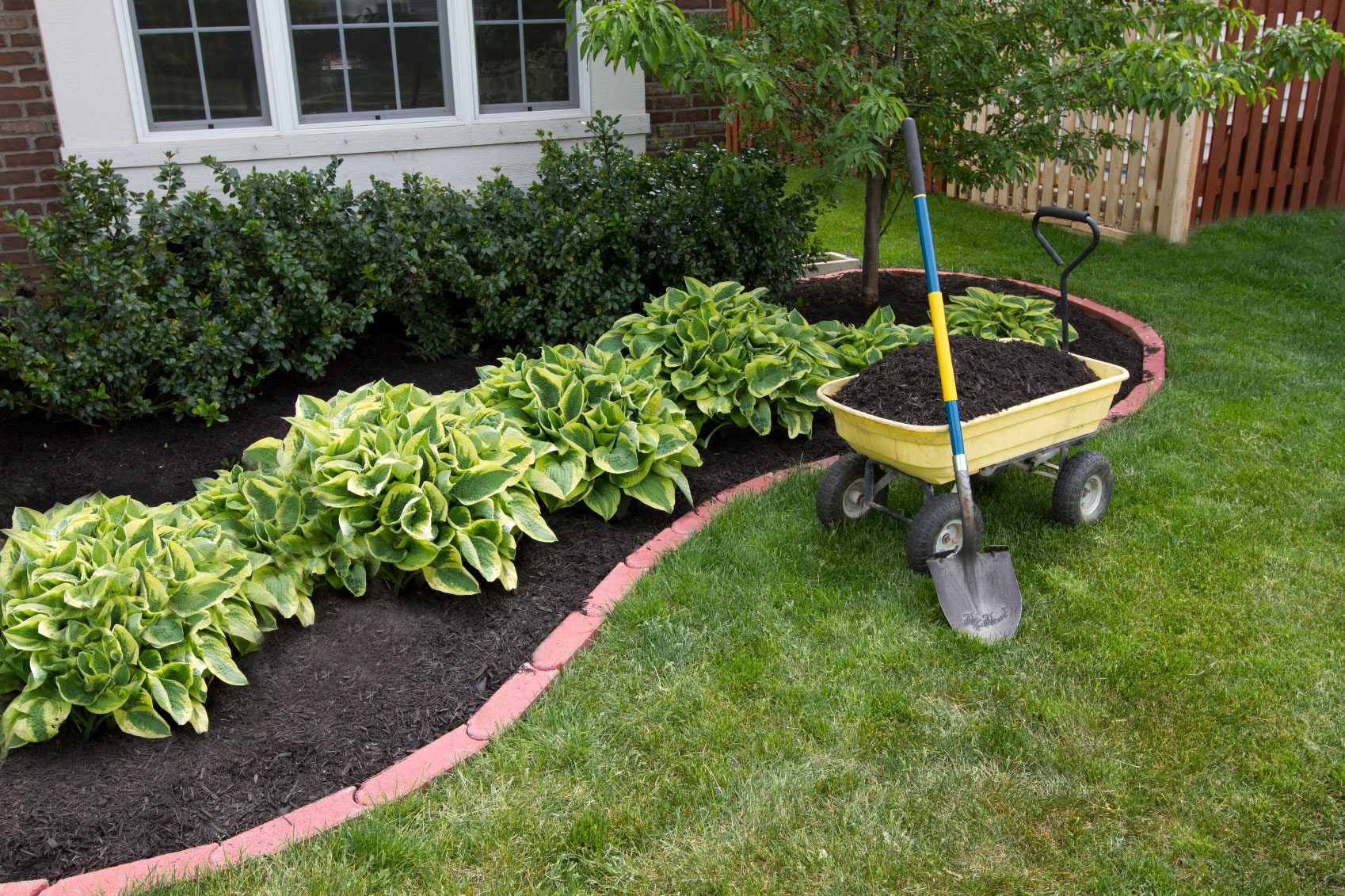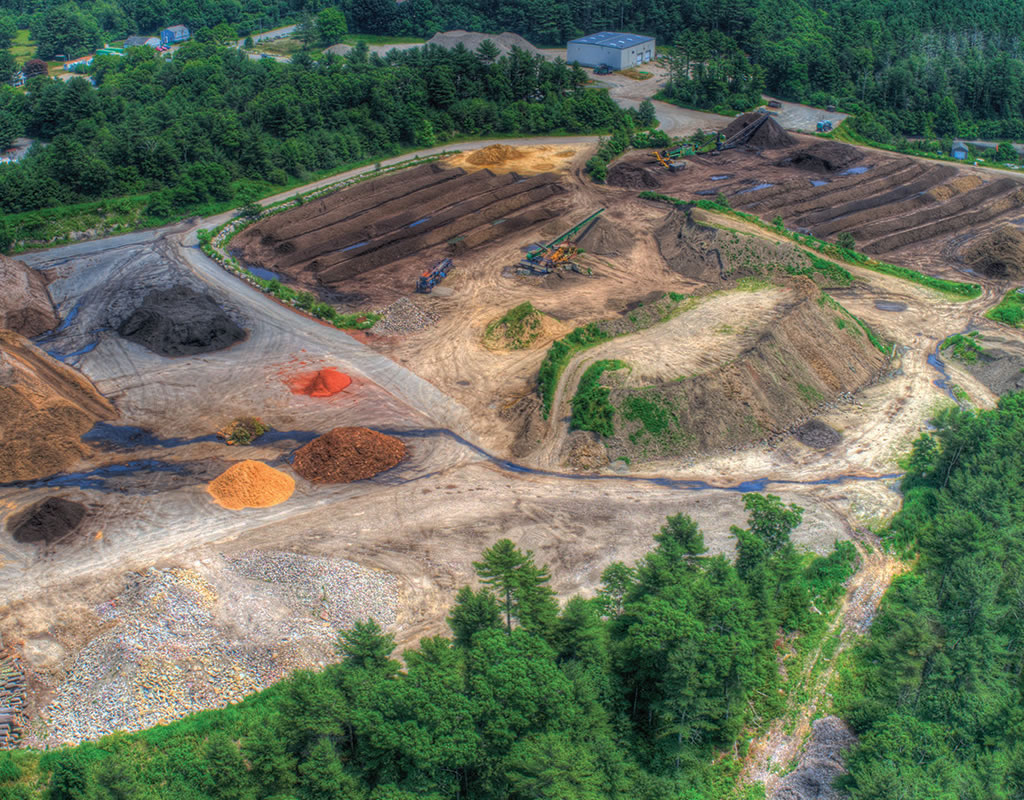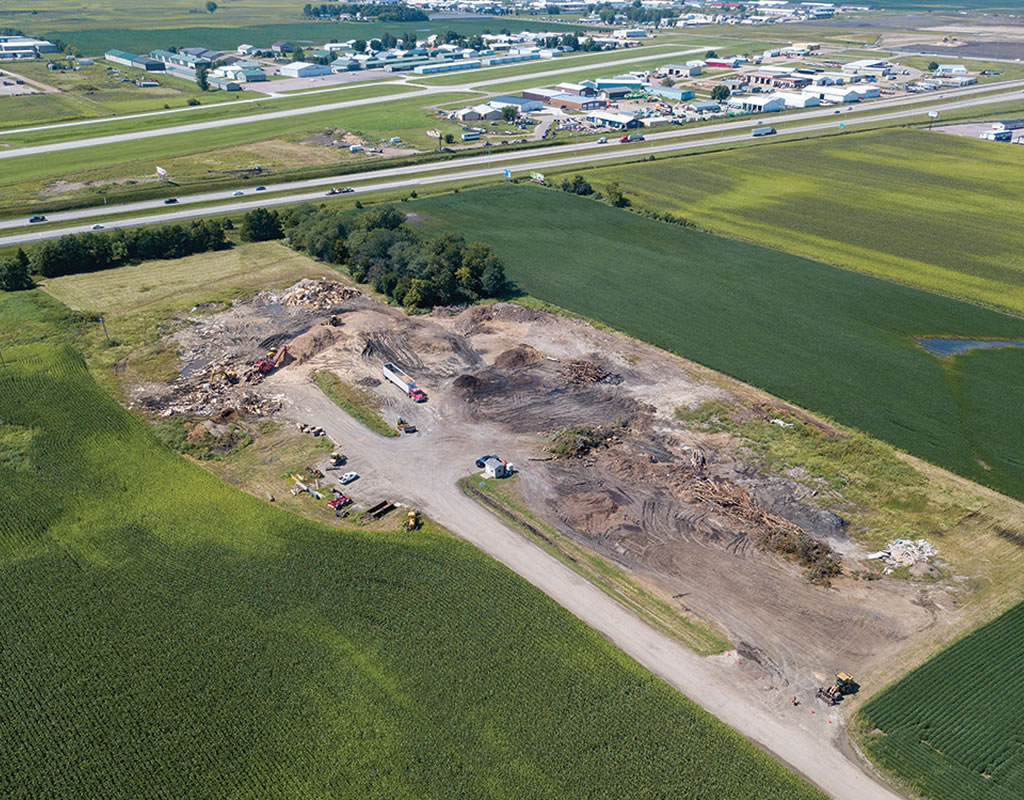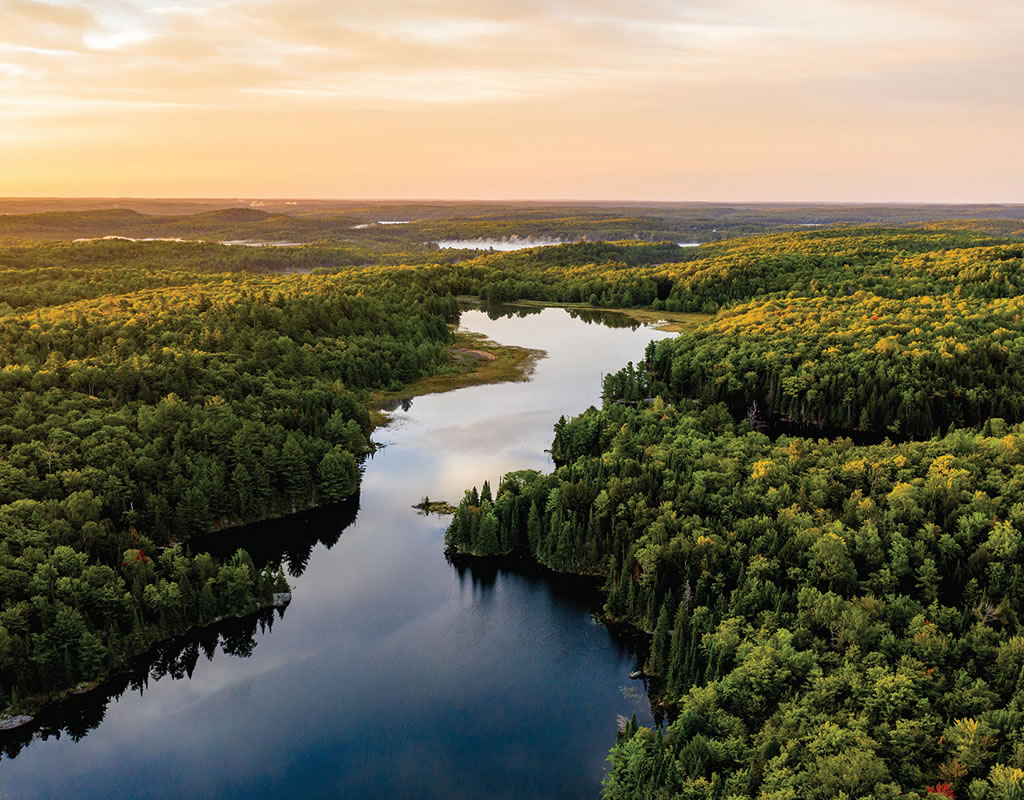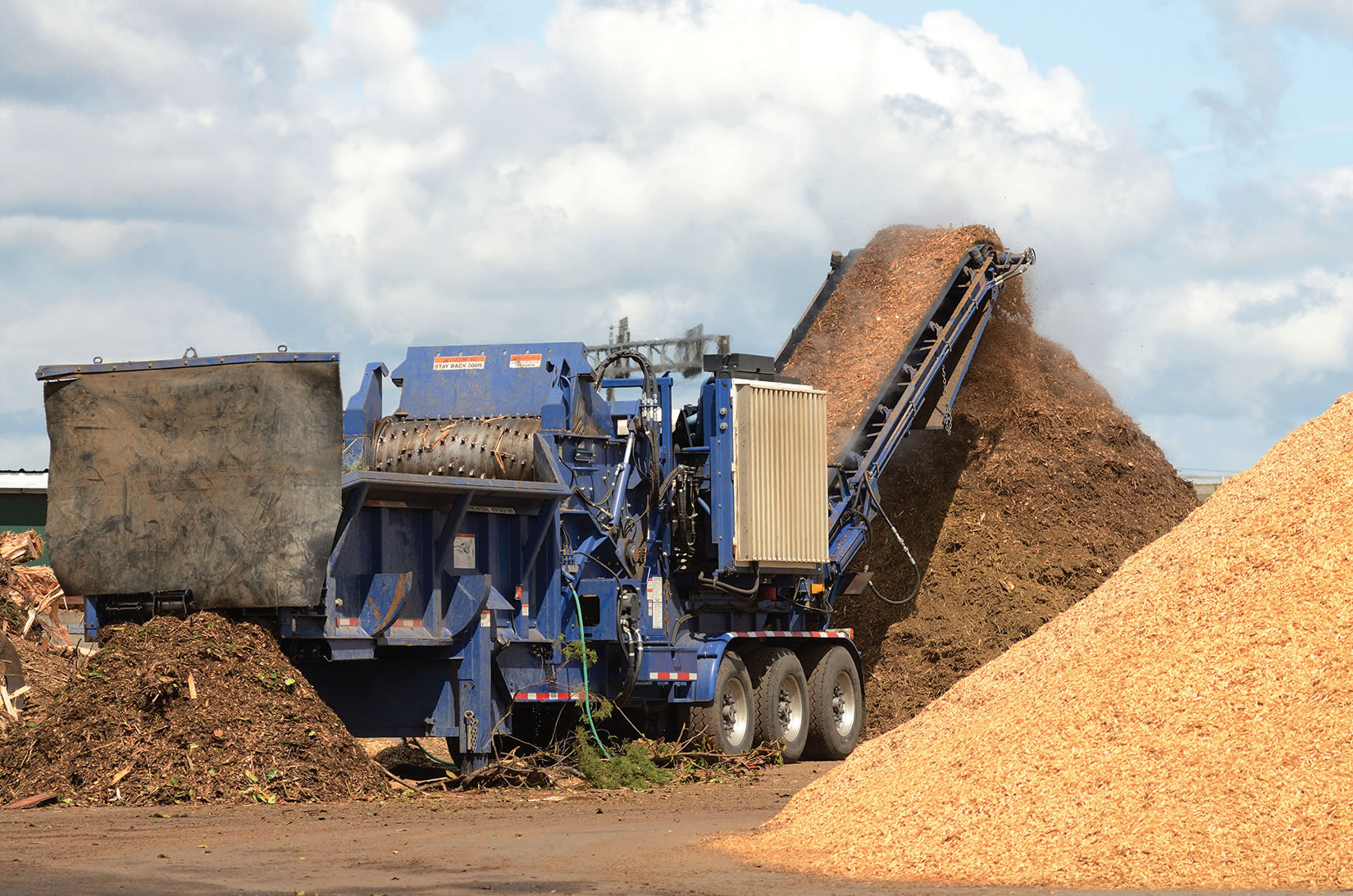By Kathleen Marquardt
Pine grows naturally on the sandhills of the Carolinas, and the longleaf pine, which is straight, strong, and pliable, has become a valuable commodity for many tree growers and harvesters.
In earlier days, pine trees were harvested primarily for their wood, and much of it being sent to Europe where there was a shortage of lumber. Pine sap was also tapped for tar pitch and turpentine to be sold to naval stores for waterproofing ships. Over time, almost all of the pines were cut. The land then became a great opportunity for developers, though some landowners, instead, became tobacco farmers in order to keep their land. The allure was the Tobacco Allotment System.
The U.S. Department of Agriculture had operated a tobacco-production cartel since the early 1930s, during the New Deal. According to Dr. Mike Walden, a Professor and Extension Economist at North Carolina State University, “The idea behind the program was simple. Limit the production of tobacco, and the price will rise. It was expected growers could make more money selling less tobacco at a higher price than selling more tobacco at a lower price. The government controlled production by limiting who could grow tobacco (only those holding a government provided “allotment”) and capping total production (called the “quota”) each year. When the program ended, there were about 430,000 quota owners and about 60,000 active producers of tobacco in the United States.”
When tobacco -- the Golden Leaf -- became taboo, the Tobacco Allotment System was suspended. The writing was on the wall, tobacco had to go. But many of the farmers asked themselves, what to replace it with if you weren’t going to sell out to developers? Some farmers wanted to keep the land agricultural; that, and the fact that the long-needle pine tree grew there naturally were great incentives. They saw that Brown Gold, the long-leaf pine, was a perfect the crop to replace tobacco. The fallow tobacco fields were residual, fertilized fields, high in phosphorus and potassium, which are beneficial to pine trees. That and the fact that pines grow naturally across the South, from Texas to Florida and up to North Carolina, was encouraging for farmers wanting to find a way to preserve their land and make a living from it.
Though longleaf pine, being straight and strong, is a popular tree for lumber, it takes decades before the trees can be harvested. Once harvested, new trees to replace them have to be planted and tended to for at least another 20 years before they can be harvested again. One visionary farmer, who would be getting out of tobacco (because the Tobacco Allotment program was ending), hit on the idea of using the pine needles as mulch, which opened a market for a commodity that was a biproduct of the trees without removing them… and the needles were there for the taking. Because the long-leaf pine are slow-growing trees, Terry Bryant, farmer and owner of the Pinestar Farms in Carthage, Georgia, who took the farm from tobacco crops to long-leaf pine, said that they must wait ten years to begin the gathering of the pine needles for straw. But, unlike harvesting the wood for lumber, they can then harvest the needles indefinitely.
Though it took a while to discern that the longleaf pine needles made a far better mulch than the short-leafed pine needle, a new market was thus created. Pine needle mulch, like other mulches, have both plusses and minuses. On the plus side, they are natural and sustainable, and they make an attractive ground cover that helps prevent weed growth. Because of these characteristics, they benefitted the growers. They also benefit the wildlife of the area, including a threatened bird species, known as the Red Cockaded Woodpecker. So, the pine needle farmers needed to work out a way to harvest a saleable crop while benefitting wildlife, both flora and fauna, at the same time.
How would this be achieved? According to Bryant, the Fish and Wildlife Service (FWS) was about to put a moratorium on the collecting of pine needles on public lands because Red-Cockaded Woodpecker (which inhabited the pine trees) was classified as a “threatened” species. Bryant and other long needle pine growers set up the Pine Needle Producers Association and invited the representatives of the Environmental Defense Fund to work with them to set up a ‘safe harbor’ program for the woodpeckers. Landowners sign up to be part of this program, accepting responsibility to provide for the woodpeckers ‘currently on their properties, but not for any new population growth. FWS bands the birds when young and still in the nests, so they can track them.
Because of their ‘safe harbor’ program, the woodpecker is listed as a “threatened” (not “endangered”) specie, giving everyone leeway to find ways to keep the birds safe and their population growing, while the farmers are able to make use of their land. But there is still a push to curtail activity around the trees and on adjacent land. Bryant has proposed a simple solution: start a campaign to plant thousands to millions of acres of pines, which will protect all species – flora and fauna -- in the community, and there will be greater availability of pine straw for the farmer. A win-win situation.
His theory is, “to get the best wood as an end-product, you need to plant the stand thickly to keep out the sunlight; otherwise grasses, weeds, and hardwood trees tend to grow and take away the potential for production of needles.”
The pine needles are raked year-round beginning in March, except during times when labor is scarce because other (crop) fields – those that are perishable -- must be picked when ready.
Long-leaf pine needles make an excellent mulch. Besides the aesthetic appeal of pine needle straw mulch, it provides insulation and moisture retention by reducing daily evaporation. It also helps control weeds, and because the needles tend to interlock, it helps maintain adequate heat in winter at the soil level. According to the 6th generation farmer and owner of The Straw Farm in Smyrna, Georgia, Chris Rogers, the pine straw is especially useful on sloped landscapes as it will not wash away in heavy rains.
When asked about the effects of the recent COVID lockdown on the sale of pine straw, Rogers said, “COVID spiked demand. People are spending so much time in their homes and mulching their yards who have never done that before. You’ve also got a lot of real estate activity going on in Atlanta and that drives it as well. The biggest demand for pine straw would be in the big cities of the Southeast; you get to Nashville and there’s almost no pine straw there. So, there is plenty of room to grow.” But, as Rogers notes, the supply cannot grow very fast when, “It takes ten years to get a tree ready to produce needles for mulch.”
Bryant had the same response for business over the past year and a half, “Demand in 2020 and 2021 has been greater than in years past, likely because of the time people have been spending in their homes and yards. It appears that homeowners were working to create an oasis for themselves as they hunkered down at home. Demand has increased at a higher rate than supply, creating an interesting scenario in our market.”
Also commenting on growth of the industry, Bryant added, “The number of both large and small producers has increased in North Carolina, but I cannot speak for South Carolina or Georgia. I would say that the small-scale producers have popped up more rapidly and that has something to do with a manual labor shortage making it harder to become a large-scale producer quickly. The biggest demand areas are currently in states where it is produced – North Carolina, South Carolina and Georgia are the three largest markets thus far. Interest is growing outside as people learn about long leaf pine needle mulch. “
Another biproduct of the pine, are pinecones, which are used for seeds. Bryant said they use walnut tree shakers to shake the trees and recover the cones in October, when the cone is still closed to preserve the seeds. Both seeds and cones are sold – the cones for decorations, and the seeds for reseeding pine stands.
All of this and long-leaf pine forests are environmentally sound. The National Wildlife Federation states that, “restoration of longleaf pine forests has become a major conservation priority in recent years. More than 30 endangered and threatened species, including the woodpeckers and indigo snakes, rely on longleaf pines for their habitat. Additionally, longleaf pines are more resilient to the negative impacts of ‘Climate Change’ than other Southeastern pines.”
When asked if Bryant thought the pine straw business would grow beyond what it is now, he opined, “It will depend on bringing the younger people into the business and, in order to attract young Ag students, the Pine Needle Producers Association needed to promote the fact that there is a good future in pine needle mulch. The youth don’t want to be into such a labor-intensive business for the next forty years. And because the pine straw is still worked mostly by hand, there is a need to mechanize the process of gathering straw.” Today, it is raked, and twigs and other debris are removed by hand; then the straw is packed into a tight bundle. Ag students from the Agricultural and Environmental Technology and Biological Engineering program designed a machine that sorts the straw and makes it easier for baling. As Bryant said, the machine reduces 15 percent of the field labor. Now to add to that machine and attract the youth to this “back to the land” business.
On top of bringing new generations in, Bryant states that more long-leaf pine needs to be planted. “As that is also a desire of conservationists in the Southeast, we have both business and environmentalists hoping to achieve the same goal.” The National Wildlife Federation agrees with the idea that the longleaf pines are more resilient to “Climate Change” They can withstand severe windstorms, resist pests, tolerate wildfires and drought, and capture carbon pollution from the atmosphere.
Pine straw mulch contributes valuable organic matter to the soil, conserves moisture – thus preventing erosion, and blocks weeds. Because, unlike wood mulch, it is lofty, so it creates a trapped air space that resists temperature swings and prevents moisture loss.
Long-leaf pine straw is making a place for itself in landscape management. But, unlike many businesses, many of those involved with pine straw are working with other entities to assure that the local flora and fauna are protected during the process of gathering and maintaining the straw. As mentioned, they work with the Fish and Wildlife Service to protect the threatened red cockaded woodpecker. Some are also working with the Sandhills Area Land Trust (SALT), which incorporates much of the North Carolina Sandhills, a region of sandy soils between the Piedmont and the Coastal Plain and is home to the largest contiguous stands of long-leaf pine forest in North Carolina with numerous wetlands, and dozens of rare plants and animals. This is a partnership between SALT, the North Carolina Cooperative Extension, and the Natural Resources Conservation Service. Bryant was a founder of the North Carolina Pine Needle Producers Association, which works to “enhance professionalism in their industry and increasing the availability of quality pine needles”. They are making certain that they are caring for all aspects of life in the area, while they are taking care of the business of doing business.
Related News
Subscribe Today
Every other month, Soil & Mulch Producer
News brings you important stories about:
• New Technology
• Products
• Industry News
• Research Studies
Soil & Mulch Producer News features articles and services relevant to your daily operations.

